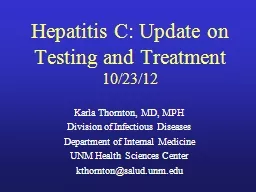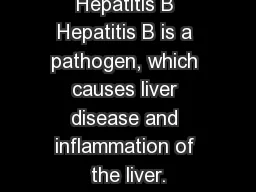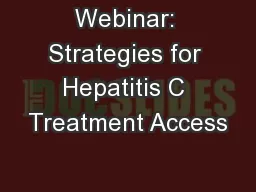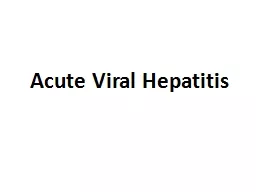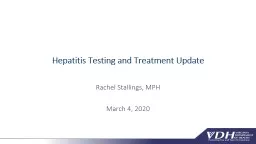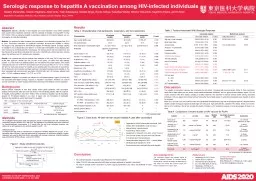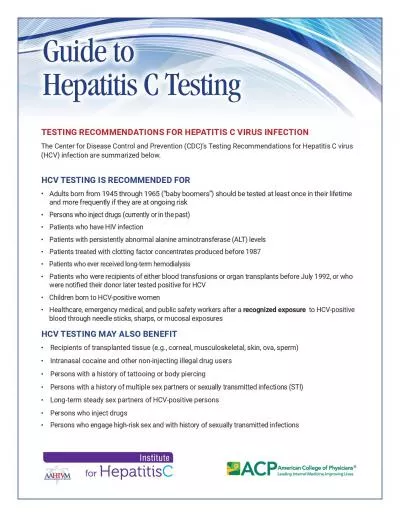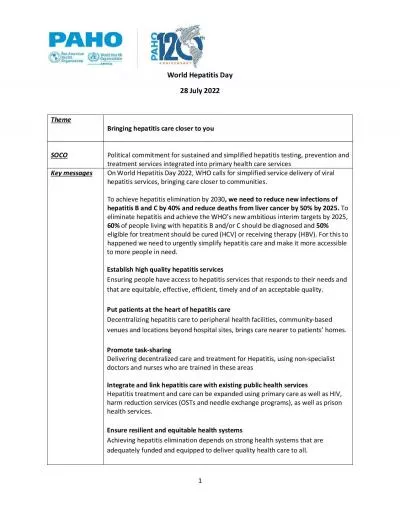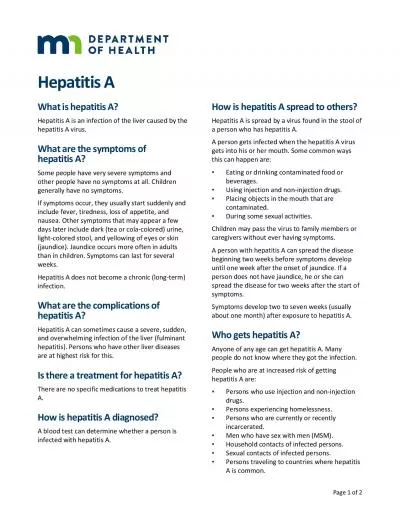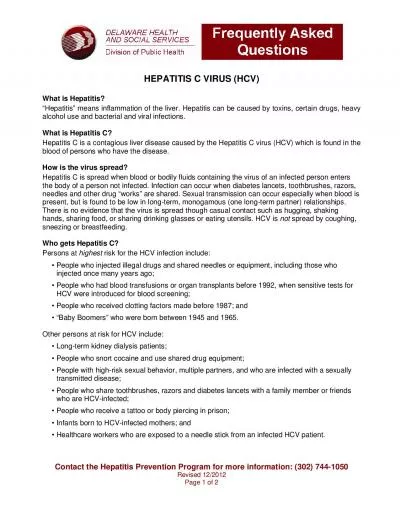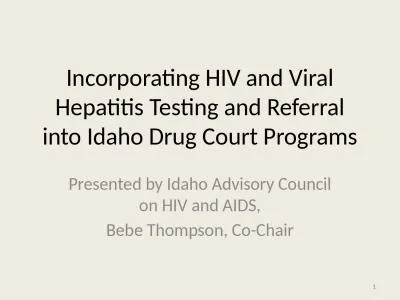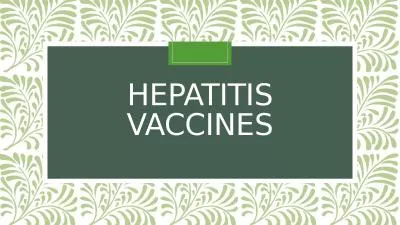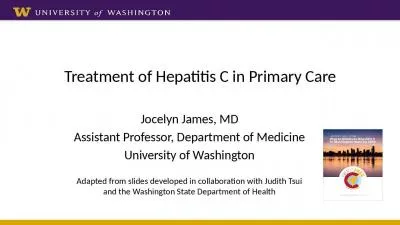PPT-Hepatitis C: Update on Testing and Treatment
Author : sherrill-nordquist | Published Date : 2016-04-12
102312 Karla Thornton MD MPH Division of Infectious Diseases Department of Internal Medicine UNM Health Sciences Center kthorntonsaludunmedu Learning Objectives
Presentation Embed Code
Download Presentation
Download Presentation The PPT/PDF document "Hepatitis C: Update on Testing and Treat..." is the property of its rightful owner. Permission is granted to download and print the materials on this website for personal, non-commercial use only, and to display it on your personal computer provided you do not modify the materials and that you retain all copyright notices contained in the materials. By downloading content from our website, you accept the terms of this agreement.
Hepatitis C: Update on Testing and Treatment: Transcript
Download Rules Of Document
"Hepatitis C: Update on Testing and Treatment"The content belongs to its owner. You may download and print it for personal use, without modification, and keep all copyright notices. By downloading, you agree to these terms.
Related Documents

